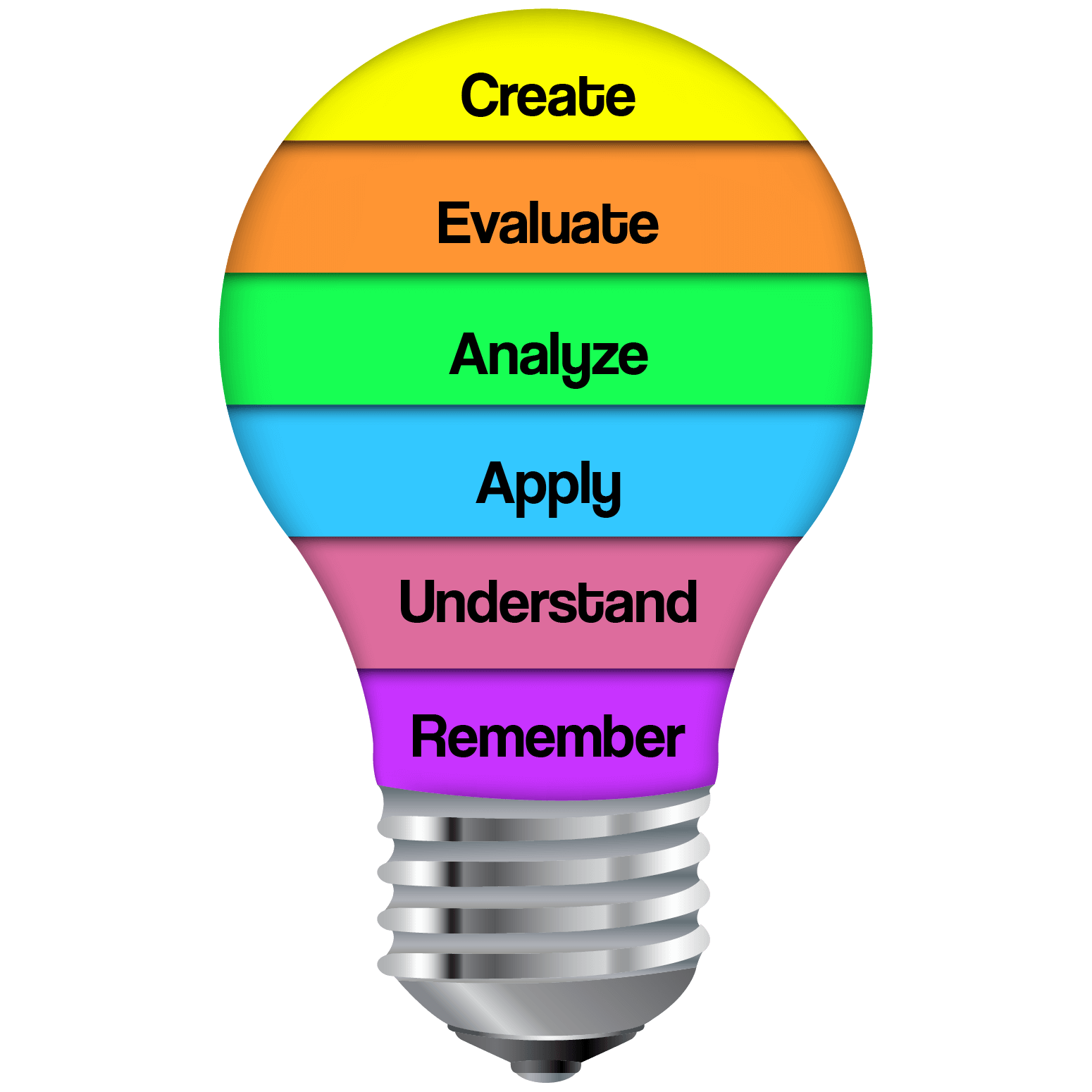Why Too Much Media is A Gift and A Curse for Students
According to the most recent Nielsen Total Audience Report, Americans spend an average of 12.5 hours a day consuming media, up two hours from 2018.
Youth daily media consumption is almost as high. According to a report by Common Sense Media, American teenagers spend about seven hours a day on screen media, up by 42 minutes from 2015. This doesn’t even include the time spent online for schoolwork.
Moreover, not only has our daily media consumption increased, but there is more and more media available to consume.
Over 90% of the total data in the world was created in the last two years.
90%!
And currently, there are about 2.5 quintillion bytes of data created every day; a number we can only expect to increase in the coming years.
While not all of that data is related to current events, the amount of news-related information available is still astonishing.
Danielle Rhoades Ha, a spokeswoman for the Times, reported that NYtimes.com alone “publishes roughly 150 articles a day (Monday-Saturday), 250 articles on Sunday and 65 blog posts per day.” The Washington Post publishes an average of 1,200 stories, graphics, and videos per day! Those are only two of countless news sources.
So not only are we spending more time than we ever have absorbing information, but there is more information available than we could ever hope to process in a single day, let alone a lifetime.
BUT…more news doesn’t necessarily make us more informed
There is an easy misconception that this overabundance of information will inevitably make us more informed.
However, a 2018 report from Gallup and the Knight Foundation, “American Views: Trust, Media and Democracy,” found the opposite to be true: “While Americans have access to more news sources than ever, they say that expansion has made it harder, not easier, to stay informed . . . 58% of Americans say it is harder rather than easier to be informed today due to the plethora of information and news sources available.”
The problem is not only the “plethora of information” but the quality of that information.
In a 2019 study published in Science Magazine, MIT Sloan professor Sinan Aral and Deb Roy and Soroush Vosoughi of the MIT Media Lab found that in world where 1 in 5 U.S. adults get their news primarily from social media, misinformation and fake news are more easily disseminated that fact-based news: “Falsehood diffused significantly farther, faster, deeper, and more broadly than the truth in all categories of information. False information was “70% more likely to be retweeted than facts” and then reach an audience of 1,500 people six times faster.
An abundance of information resources is not enough to ensure that we are well-informed.
We must become curators of our own media landscape
The key to our saturated media landscape is curation.
In a 2017 blog post, Jennifer Gonazalez of the Cult of Pedagogy writes about the importance of curation:
“When a museum director curates,” she writes, “she collects artifacts, organizes them into groups, sifts out everything but the most interesting or highest-quality items, and shares those collections with the world . . . The process can be applied to all kinds of content: A person could curate a collection of articles, images, videos, audio clips, essays, or a mixture of items that all share some common attribute or theme . . . In an age where information is ubiquitous and impossible to consume all at once, we rely on the curation skills of others to help us process it all.”
First and foremost, curation requires critical thinking. A curator must:
- Understand: exemplify and classify information
- Analyze: distinguish relevant from irrelevant information and organize it in a way that makes sense
- Evaluate: judge the quality of an item based on a set of criteria

Newspapers and other online news sources are practicing the art of curation all the time — every time editors decide what to cover, what to publish, and what goes on the front page.
So how do we start curating our own information? What do you want your curated media playlist to look like? What kinds of stories, sources, and perspectives will you prioritize? How will you make sure you are getting a well-rounded picture of the world? The Juice “Media Survival Guide” has some tips for those who want to start curating a more diversified media diet.
We also model this kind of curation every day when we send you the daily Juice.
At The Juice, our team of educators and journalists are expert curators. We meet every day to discuss and determine the five most important, topical, education, and interesting stories for students to read. Content on The Juice is written to be fact-based, objective, and non-partisan, ensuring that students get well-curated news without any accompanying agendas.
So as students are building up the critical thinking skills necessary to become confident curators on their own, The Juice will be here, guiding the way.
